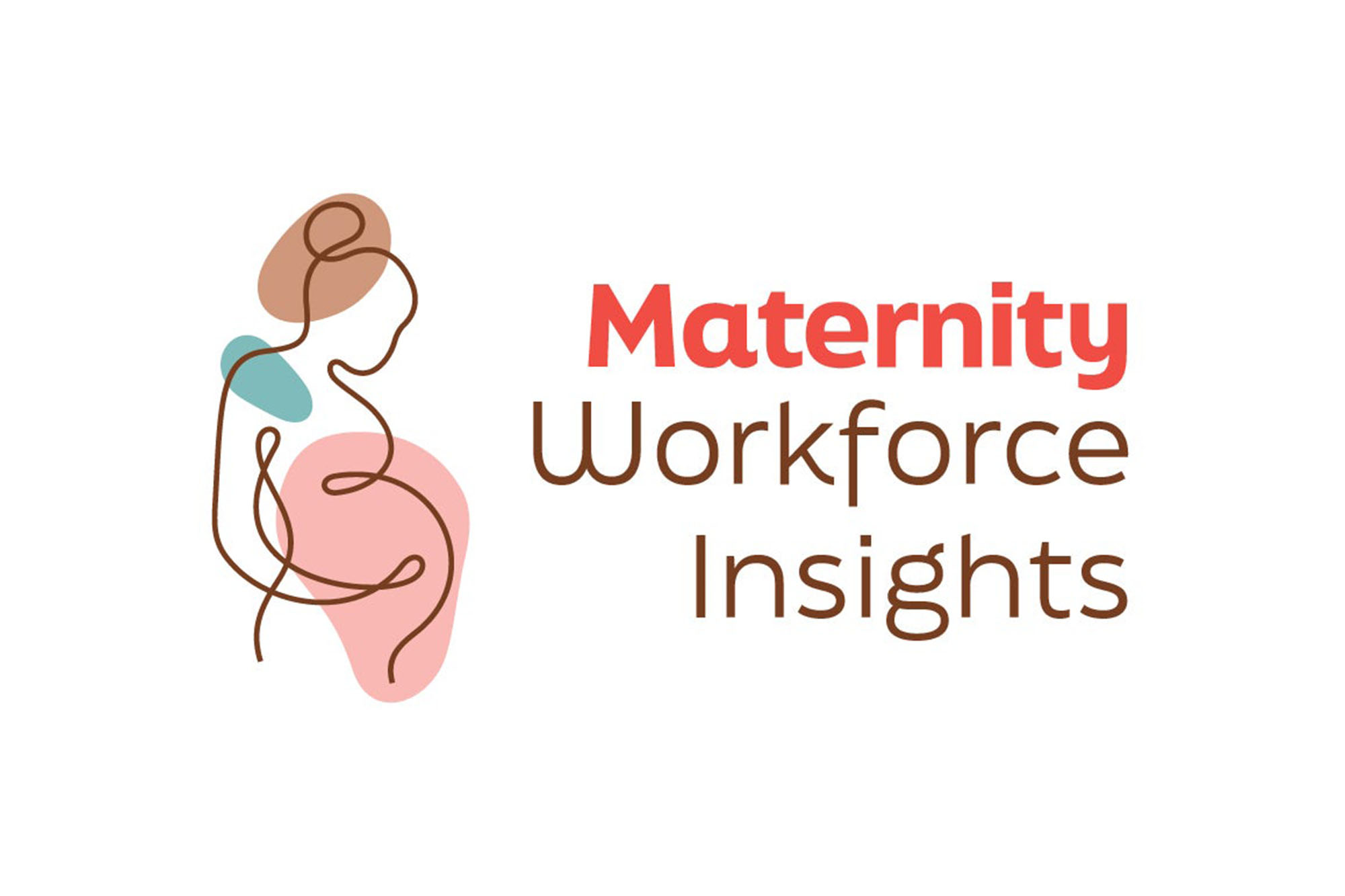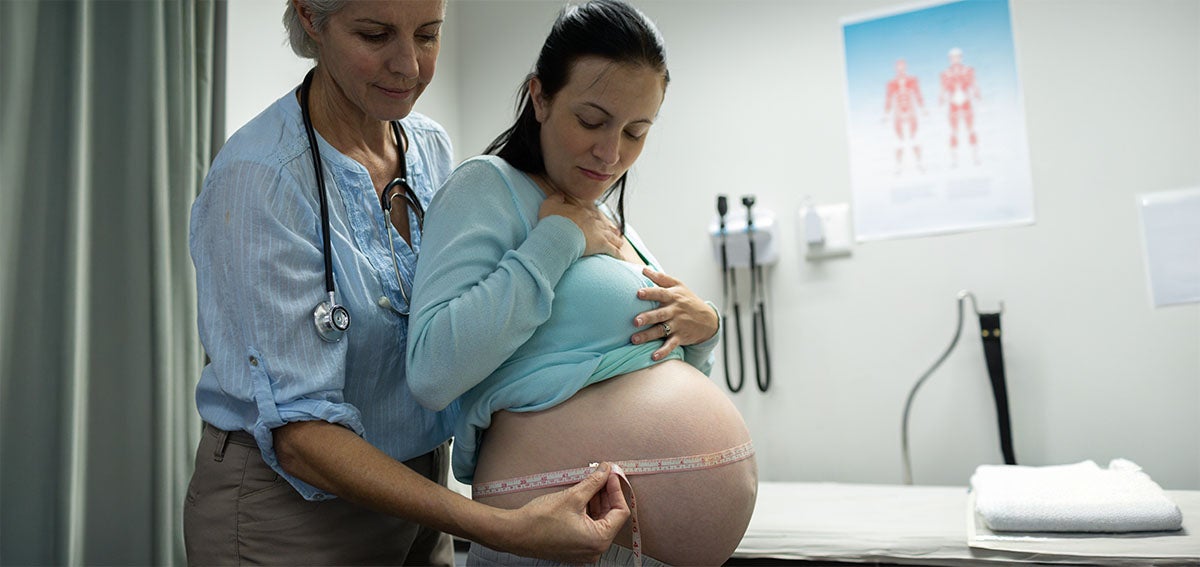Midwives are specialized maternity care clinicians who support birthing people’s reproductive health through pregnancy, childbirth, and postpartum care. Midwives, ob/gyns, and family physicians are trained to deliver babies in California. An element of successful midwifery care is appropriate consultation with ob/gyns and transfer to physician care if the need arises. Although midwives are the primary maternity care providers in many industrialized nations — which have significantly better maternal health outcomes than the US — they are an often-overlooked workforce in this country.
Access to Midwives Is Critical to High-Quality Maternity Care
In California and nationwide, a worsening ob/gyn shortage paired with hospital labor and delivery unit closures have generated interest among advocates and some policymakers, who are pushing to expand the number and scope of practice of midwives.
- California credentials two types of midwives: nurse-midwives and licensed midwives.
- In 2021, there were 420,000 births in California, with 86% of those delivered by physicians and 13% delivered by midwives. With California’s demand for ob/gyns projected to exceed supply by 1,160 full-time equivalents by 2030, midwives could help address the workforce shortage and other maternity care access issues that loom large.
- Midwifery care is recognized by many health policy experts as an important model for improving maternity care outcomes and addressing racism-based disparities in maternal health care, especially when provided by culturally and racially concordant providers.
- Robust research demonstrates that midwifery care results in positive health outcomes. These include lower rates of cesarean sections and fewer interventions during birth, as well as higher rates of spontaneous vaginal birth and higher patient experience scores.
- In a survey of California mothers, a majority said they would want or consider a midwife for a future pregnancy.
Aspiring Midwives in California Face Shrinking Training Options
- Certified nurse-midwives: The state has 1,200 certified nurse-midwives — nurses with graduate training from approved nurse-midwifery programs who provide care mostly in hospitals. California has only two education programs for nurse-midwifery, and one is not currently admitting students.
- Licensed midwives: California’s 500 licensed midwives are providers trained in approved three-year programs who mainly practice in birth centers and homes. The state currently has no accredited midwifery training programs for licensed midwives, though two are in the works with funding from the California Department of Health Care Access and Information.
Policy Considerations: What Can State Leaders Do to Increase Access to Midwives?
- Expand professional autonomy. The state statutes for licensed midwives and nurse-midwives impose a narrower scope of practice than their training allows and require physician oversight in certain situations, undermining their professional autonomy. Nearly 9 in 10 licensed midwives identify government scope of practice restrictions as a “major” (39%) or “minor” (49%) problem in their practices. Among nurse-midwives, 10% consider this a “major” and 27% a “minor” problem in their practices.
- Integrate midwives into the health care system. In addition to ensuring access to midwives who have professional autonomy, truly integrating midwives into maternity care in California requires the respectful inclusion of midwives as members of the health care team as well as broad insurance coverage of midwifery services in both hospital and community settings.
- Increase funding to grow the midwifery workforce. Expanding access to midwifery care in California requires financial support for midwifery students to reduce barriers to education, for clinical sites to take in midwifery students, and for midwives of color to diversify the workforce.
- Streamline licensing requirements for birth centers. Research shows freestanding birth centers provide high-quality, midwife-led care that can produce excellent outcomes for birthing people and babies. But due in large part to California’s onerous licensing requirements that many experts say do not improve safety, at least 19 birth centers have closed since 2020, leaving the state with only five licensed birth centers.
To learn more:
- Cochrane Library: Midwife Continuity of Care Models Versus Other Models of Care for Childbearing Women
- CHCF: Understanding California’s Midwife Workforce
- CHCF: Midwives Speak: Integration Challenges in California’s Health System
- CHCF: Advancing Midwifery and Birth Equity in California
- CHCF: Listening to Mothers in California survey (2018)





